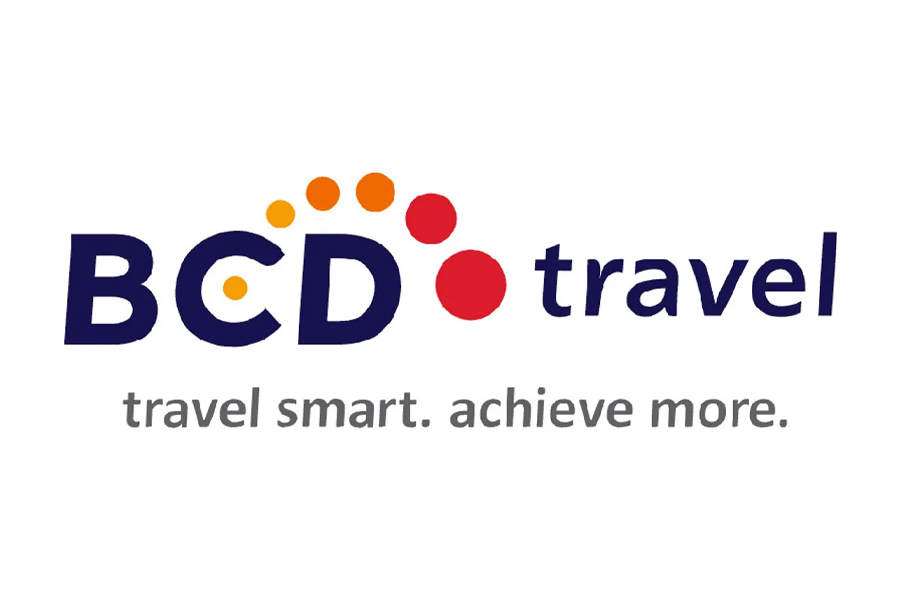Companies are still committed to tracking and managing carbon emissions from their employee travel programs, with measurable gains in maturity and more organizations joining the effort, according to the GBTA’s second annual Sustainability Acceleration Challenge, a global benchmark assessing the state of corporate action to decarbonize business travel programs. Progress, however, remains limited in certain high-impact areas, underscoring the need for faster, collective action to invest in low-carbon travel solutions, according to the report. The study was based on input from 285 companies around the world, representing an annual business travel spend of $22 billion.
Delphine Millot, senior vice president, advocacy and sustainability, GBTA, said, “Year two of our benchmark shows real engagement and growing commitment.” But despite progress, she said, “greater urgency is needed.” To “future-proof” business travel, said Millot, “companies must accelerate adoption of sustainable procurement practices and carbon management strategies to send a real signal to the market.”
The 2025 results from the global benchmark developed in collaboration with Accenture were released at the GBTA + VDR Europe Conference in Hamburg. VDR is the German business travel association.
Key findings from the study include:
- Participation continues to grow: 285 companies participated in the 2025 assessment, marking a 20% increase compared with 2024. Across the two years, participants represent approximately $31 billion in annual business travel spend and include a large number of the biggest travel programs.
- Incremental maturity gains: The global average score is now 1.4, compared with 1.3 in 2024 (out of a maturity scale from 0 showing “no activity” to 5 being “leading practice”), reflecting limited overall improvement.
- Regional shifts: Global and Asia-Pacific travel programs improved slightly, while regional and local programs in Europe and North America dipped marginally, likely due to regulatory changes and economic uncertainty.
- Program size correlation: Smaller (under $5 million) programs have made notable progress this year, while the largest (over $500 million) programs have regressed overall, perhaps demonstrating that while companies under intense public scrutiny may be slowing their sustainability efforts, smaller companies may be using sustainability leadership as a way to differentiate themselves.
- Leading industry sectors: The financial, banking and insurance sector continues to lead (maturity score of 1.9 out of 5), followed by the professional services and consulting sector (score of 1.7). These sectors traditionally have a large share of their emissions coming from their business travel programs.










